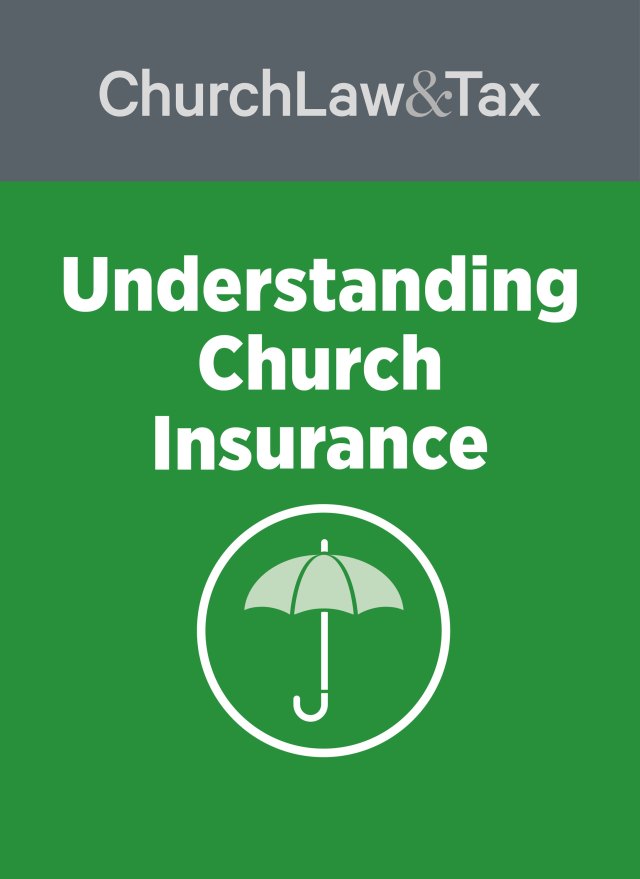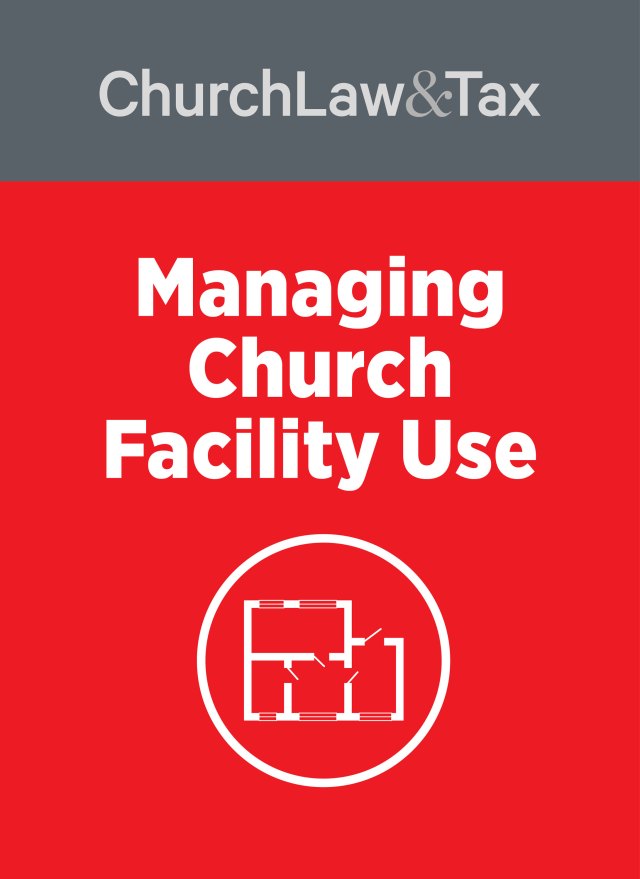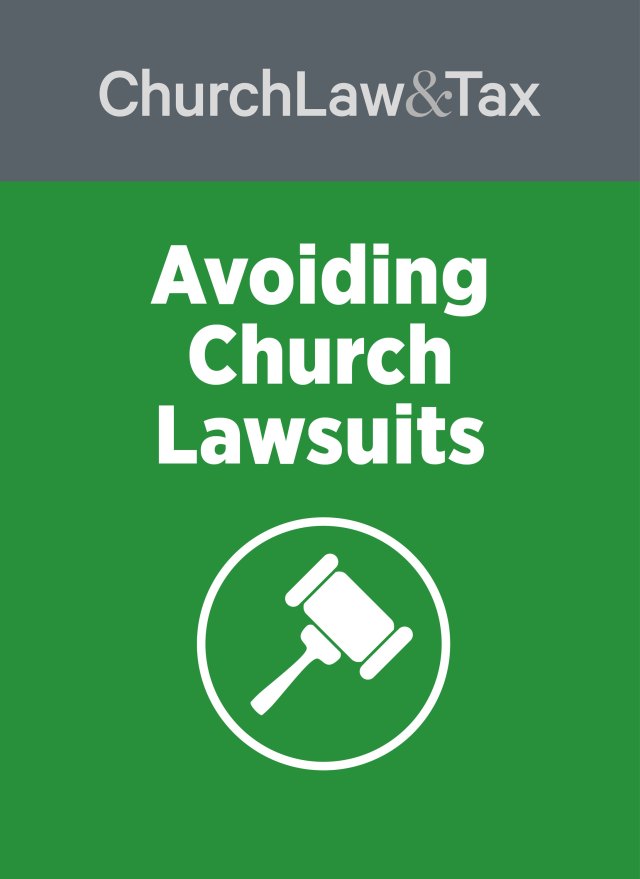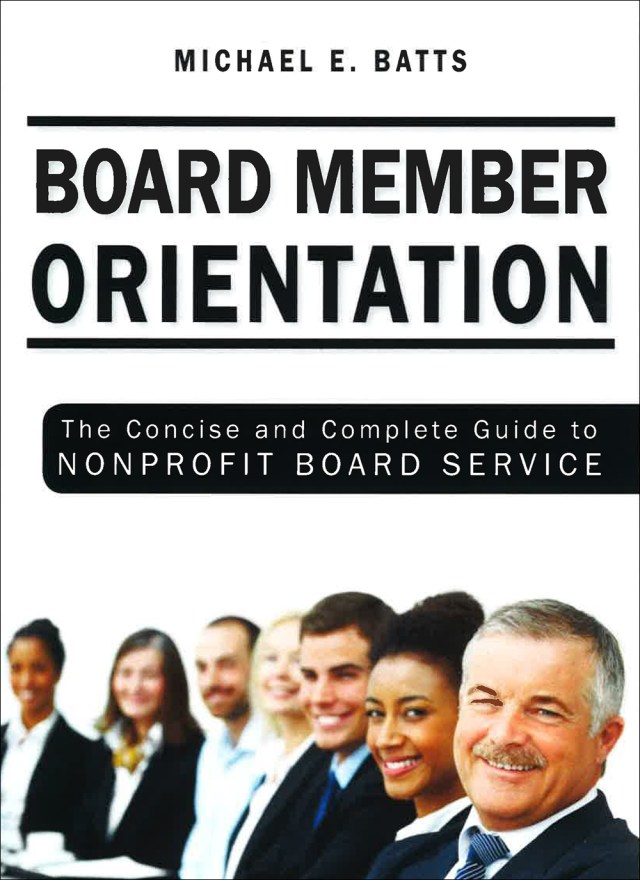When it comes to crime prevention, law enforcement professionals often reference this adage: If a property looks like a target for criminals, it is.
Churches might well take that observation to heart. Carl Chinn’s report on violence against churches and faith-based organizations reinforces the need for leaders to take measures that ensure their properties deter crime as much as possible.
Such efforts deserve devoted time, energy, planning, and commitment of resources. Some churches, especially smaller ones, will struggle to round up the money and volunteers to get things done. Still, some time spent on three specific tasks can immediately pay off:
1. Appearances matter. Chinn recommends leaders look for courses offered on crime prevention through environment design. Some are free. As the name implies, these show how to implement a variety of physical and logistical tactics that make criminals think twice about trying something. Examples of these types of courses include programs from International Crime Prevention Through Environmental Design, the National Council for Crime Prevention, and the Bureau of Justice Assistance.
“I was called to a church last summer. They wanted me to come down to see what they could do to reduce robbery rates,” Chinn recalls. “From a block away, I could see the first problem—their landscaping was awful. The grass wasn’t mowed, and where there was no grass, it was dirt. The parking lot hadn’t been repaved in 20 years,” Chinn says. “The first thing you’ve got to do is make it look like you care for this property.”
Some simple landscaping and upkeep can go a long way, including:
- replacing cracked or broken windows;
- repainting faded walls;
- mowing lawns;
- pulling weeds;
- keeping trees and bushes trimmed;
- planting plants and flowers;
- addressing lighting. Even if the pricier overhead lighting in the church parking lot isn’t feasible, just adding motion sensor lights around the building can make a difference.
“There’s some level of prevention that can be done without throwing a lot of money at it,” Chinn says. “I understand there may be financial pressures, but if the building looks like a target, it will be a target.”
2. Relationships matter. Perhaps the most cost-effective tactic is to network with people inside and outside of your church. Tell church staff, volunteers, and members to report anything that appears suspicious.
Regularly meet with other area pastors to let them know of incidents your church has experienced, Chinn says, and work out ways to keep watchful eyes on each other’s properties by sharing contact information.
“As churches we have a tendency to operate in silos,” he adds. “We need to break out of that and have active communication with other churches.” In Chinn’s area, recent communications between churches led to tips regarding people who may have been targeting them. Arrests were made.
Communication should extend beyond the faith community, too, Chinn says. Contact the local police department to share your church’s periods of activity and inactivity (such as when lights should or shouldn’t be on inside or outside the building), and what police can watch for when they make their patrols. Even better: Request added patrols during off-hours, and invite law enforcement to occasionally use the church parking lot as a place for officers to park and monitor activities in the neighborhood.
Also give the phone numbers of key church leaders to the police or sheriff’s department and ask that those numbers be entered into the communications center database so someone can be reached if something appears amiss.
Another effective step is to visit residences or businesses near your church and ask them to call 911 and report a dangerous situation or a suspicious person, whether or not there are staff or members present, says Tina Lewis Rowe, who teaches seminars on church safety and security. At the same time, let them know you will work to be a good neighbor about parking, noise, and special events, she adds.
As far as contacting local law enforcement goes, the thought may sound a tad daunting. But the right approach can work effectively, says Rowe, who spent 25 years with the Denver Police Department and 8 years as the presidentially appointed U.S. Marshal for Colorado. She tells church leaders that a random call to a police station won’t work as well as a direct contact to the ranking officer over the area.
Rowe encourages church leaders to set up regular meetings with key law enforcement personnel to express specific concerns, such as copper theft, vandalism, burglaries, car prowls, and staff safety. Ask that officers check all around the building on all shifts. “Some officers will inspect or patrol around the property, but not all will, unless someone higher in the department directs it,” Rowe says.
And, Rowe adds, it’s usually incumbent upon the church to make sure the regular meetings occur. “Refresh that request,” she says. “I wish officers would automatically reach out to each church in their patrol area, but that doesn’t always happen. Sometimes it’s up to church leaders to push it.”
3. Common sense matters. Don’t forget the value of common sense, Chinn adds. While churches desire to appear welcoming and convenient, there still needs to be a measure of control over access to their buildings.
One of the easiest steps is to keep the main entrance as the primary way in and out of the building, especially during the week, but also during worship services, he says. That means locking side doors and back doors, and encouraging staff and volunteers to pull propped doors closed.
If side doors are used to provide more convenient entries from the parking lot to those with special needs—such as a single mom or an individual with a physical disability—Chinn says the church needs to designate parking closer to the front door for those individuals and then make occasional announcements reminding the congregation to keep those spaces open and available to those who need them.
Periodic walks through the church building throughout the week and during weekend services can also ensure entrances haven’t been compromised, Chinn adds.
“Security is always a trade-off with convenience,” Chinn says. “It’s a matter of helping our people accept that increased inconvenience.”




